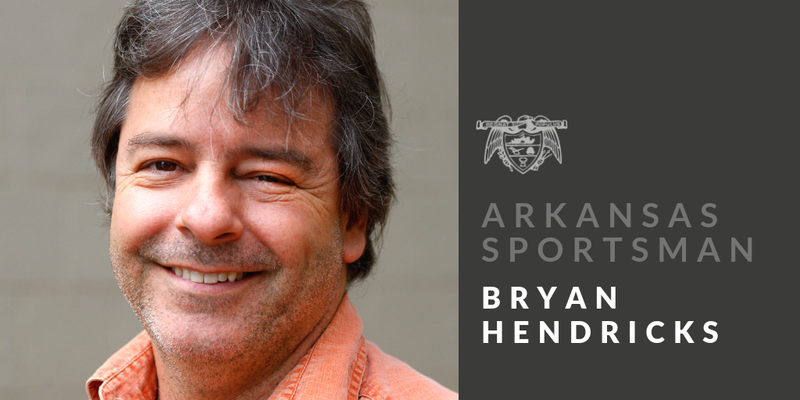"Dead sea" is a revolving title that anglers assign to various lakes in Arkansas, but Lake Catherine is the avatar of deadness.
That might change as the Arkansas Game and Fish Commission quietly develops a potentially vibrant smallmouth bass fishery on the small reservoir between Hot Springs and Malvern.
Technically, Lake Catherine is one of Hot Springs's vaunted Diamond Lakes. From a fishing standpoint, it is an embarrassment. Lakes Ouachita, Hamilton and DeGray support excellent multi-tiered fisheries that include largemouth bass, Kentucky bass, white bass/striped hybrids, walleyes, catfish, crappie and bream.
Lake Catherine is the klutzy kid that never gets picked for playground sports. It's the perennial underachiever that can't get its act together. George Cochran, a two-time Bassmaster Classic champion and Forrest Wood Cup champion, can catch fish from a puddle in a parking lot. Several years ago we conspired to collaborate on a bass fishing article at Lake Catherine. He spent a couple of days there pre-fishing and didn't get a bite. He killed the project to protect his reputation.
Occasionally, though, Lake Catherine emits thin rays of encouragement. Stuart Wooldridge, the former fisheries supervisor in the Hot Springs region, once told me that Lake Catherine produced some of the region's biggest crappie in electrofishing surveys. It was a low-density population, but individual crappie were large and healthy. Lusk said Lake Catherine also supports popular striped bass and walleye fisheries.
Covering only 2,200 surface acres, Lake Catherine is merely an enlargement of the Ouachita River. Its primary function is a reservoir to generate hydroelectric power. Pleasure boating and water skiing are its main recreational attractions.
Catherine's potential as a fishery is limited by lack of habitat. In a presentation Wednesday to the members of the commission, Lusk described the lake bottom as a moonscape.
Since about 2019, however, aquatic vegetation has taken hold in the lake and created a healthy food chain that supports a strong forage base. Lake Catherine has not had those things in decades. Lusk said the appearance of vegetation serendipitously coincided with the advent of Lake Catherine's smallmouth bass introduction program.
"It never had vegetation," Lusk said, "but the year we started stocking is the year it exploded with aquatic vegetation."
Because the lake had such an insignificant fishery, there weren't many fish to eat the burgeoning forage base. That set the table for an influx of stocked smallmouth bass.
Case studies for introducing smallmouth bass to Lake Catherine are Lake Ouachita and Broken Bow Lake in southeastern Oklahoma. Broken Bow's smallmouth fishery is very successful. Two attempts in 20 years at Lake Ouachita were not successful. Both involved introduced smallmouths from the Tennessee River system.
To stock Lake Catherine, the AGFC used native smallmouths from the upper Ouachita River. Lusk said it's because Ouachita River strain smallmouths are adapted for hot weather. Because it is cold year round, Lake Catherine is probably a fine candidate for Tennessee River smallmouths or even Great Lakes strain smallmouths, but Lusk said that fisheries biologists don't want hybridization to diminish the native strain's heat tolerance.
To jumpstart the fishery, Lusk said the AGFC's wants to stock 100,000 smallmouth bass per year in Lake Catherine. That is a challenge, Lusk said, because brood stock must be manually caught with hook and line in the Ouachita River.
"We collect brood stock in late winter," Lusk said. "The Ouachita River gets rocking and rolling in floods. On a good day we get about 20 fish."
Ray Tucker and I encountered AGFC fisheries biologist Brett Hobbs and a crew of colleagues collecting smallmouths from kayaks on the Ouachita River about this time last year.
After they spawn, the AGFC returns brood smallmouths back to the Ouachita River.
Actually spawning those eggs is also a challenge. Smallmouths don't like the spawning mats that AGFC uses. They prefer to spawn on gravel beds, so AGFC staff built special spawning gravel beds. The initial stocks thrive, and anglers are catching them.
"Bass fishing is extremely popular, especially in the southeastern United States," Lusk said. "To be here in the year 2023 working on establishing a new bass fishery is really cool. It directly supports what we're trying to do in fisheries."
